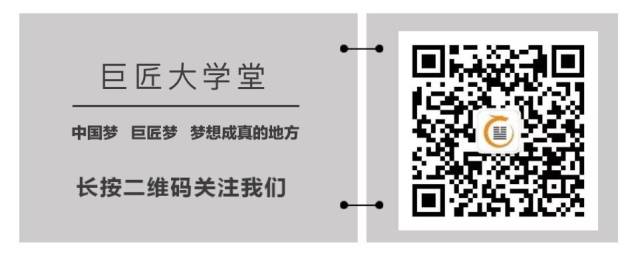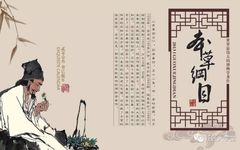
The Compendium of Materia Medica (Bencao Gangmu), a classic materia medica work, consists of 52 volumes. It was authored by Li Shizhen during the Ming Dynasty, from the 31st year of the Jiajing era (1552) to the 6th year of the Wanli era (1578), with the manuscript undergoing three revisions. This book is organized in a way that the “entries follow the categories,” hence the name “Gangmu” (纲目). It is based on the Classified Materia Medica (Zhenglei Bencao) but has undergone significant reform.
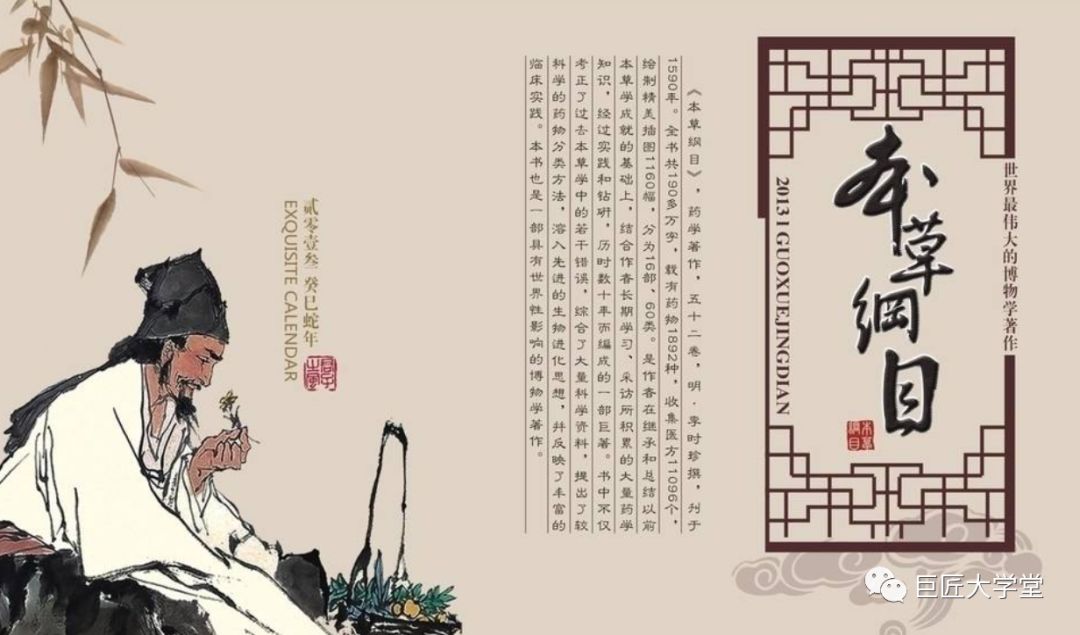
The preface (Volumes 1 and 2) serves as a general introduction, discussing the essential texts of materia medica and the theory of medicinal properties. Volume 1, titled “Materia Medica of Various Dynasties,” introduces 41 major materia medica texts prior to the Ming Dynasty. It also compiles discussions on the properties of medicinal substances, including their yin-yang characteristics, five flavors, contraindications, and various usage prohibitions, with a significant focus on the theories from the Jin and Yuan dynasties.Volumes 3 to 4 cover “Medicinal Herbs for Treating Various Diseases,” following the old practice of the Classified Materia Medica by listing the main medicinal herbs and their primary effects based on disease etiology, effectively serving as a clinical medication manual. Volumes 5 to 52 consist of various discussions, cataloging 1,892 medicinal substances and including 1,109 illustrations. The general principle is “not divided into three grades, but categorized by sections; items are grouped by type, and entries follow the categories.”
In this work, the sections are the “categories” and the types are the “entries,” totaling 16 sections (water, fire, earth, metal and stone, herbs, grains, vegetables, fruits, wood, utensils, insects, scales, shells, birds, beasts, and humans) and 60 types. Each section is organized from “micro to macro” and “cheap to expensive,” facilitating retrieval while reflecting the concept of biological evolution. Under each section, the 60 types often group many organisms of the same family together. Each medicinal substance is “named as a category, and listed as an entry,” meaning that under each medicinal name, there are eight items (i.e., “entries”).
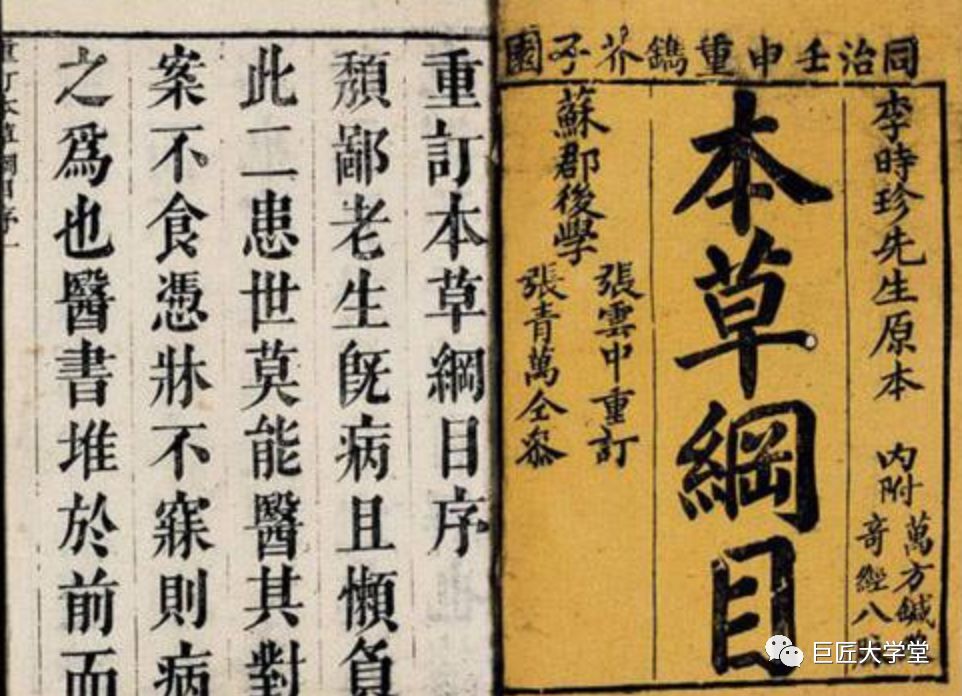
Among these, the “Name Explanation” lists alternative names and explains the significance of the naming; the “Collected Explanations” introduce the production, morphology, and harvesting of the medicinal substances; the “Distinguishing Doubts” (or “Correcting Errors”) compile various theories to clarify and correct misconceptions about the medicinal substances; the “Preparation” describes the methods of processing; the “Properties,” “Indications,” and “Inventions” elaborate on the theories of medicinal properties and highlight key points for usage, often including the author’s personal insights; the “Attached Formulas” provide related formulas based on diseases.
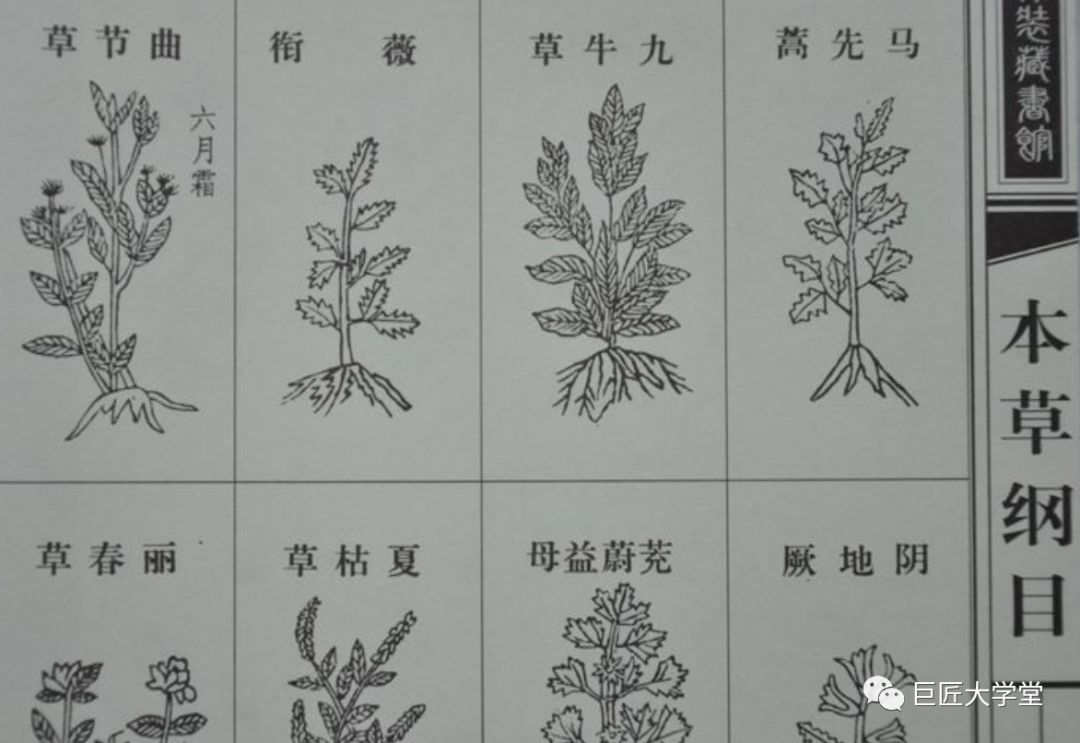
This book is based on Tang Shenwei‘s Emergency Materia Medica and has undergone extensive organization and supplementation, documenting Li’s inventions and academic insights. Its main achievements include: compiling the essence of Chinese herbal medicine before the 16th century, introducing the theories of traditional Chinese medicine and the medicinal substances recorded in various historical texts, and for the first time documenting 374 folk and external-use medicines, such as Sanqi (Notoginseng), Banbianlian (Lobelia chinensis), Zuifishui (Drunken Fish Grass), and Da Fengzi (Big Wind Seed), along with 11,096 attached formulas. This book explores and verifies medicinal names, clarifying the forms and pronunciations of certain Chinese characters; it also records the pronunciations and meanings of medicinal names from some ethnic minorities and other countries. Additionally, it documents customs such as the Khitan people using sheep skin and bones for divination and writing, the Tubo people using red powder for makeup, and the Mongolian people treating external injuries wrapped in cowhide. This book preserves a vast amount of literature prior to the 16th century, some of which has been lost, and relevant information can be gleaned from this work.
Master University
Founded under the cultural philosophy of socialism with Chinese characteristics in the new era
Upholding the mission of “Inheriting Chinese cultural heritage and achieving global mastery”
Committed to restoring authenticity and revitalizing national culture
Gathering renowned teachers and scholars
Is the largest public welfare platform for cultural inheritance in China
